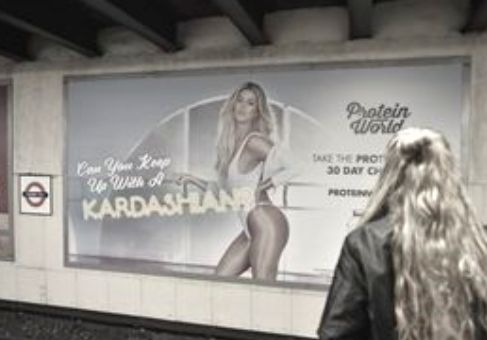Ugly Truth Behind Advertisement
Jun 15, 2019 • 38 views
Just like other sectors, advertisements have a double-edged sword with two contradictory sides of a spectrum. If it weren't for the TV ads promoting multi-media campaigns and informing us about public health concerns (AIDs, contraception, tobacco and alcohol risks), the world would be a much more dangerous place. But if we dig deeper into the actual meanings of them, there buried is the emotion of fear. Fear of being lagging behind if we don't possess that car or say that platinum necklace. It can, clearly, implant a deep-seated craving for those products that we weren't even aware of a few seconds earlier.

The story of fear doesn't ends here. What happens when we watch the "Fair and Lovely" ad? It has been able to make the society bias and scorn the dark-skinned girls as bad taste. Even the Saffola ad started its career scaring the consumers in a very panic inducing manner with all the ambulance lights and sirens, panic-stricken faces and heart rate monitors.
Then, there's the image of manipulation. Advertisement not always sells us "stuff". What it’s really selling us is the promise of an idealized, photoshopped, unattainable, and unhealthy version of ourselves. The physically perfect specimen without showing an ounce of fat, Deepika Padukone had to go rounds of photoshop treatments while endorsing the "Kellogg's Special K" ad. Like her all photoshopped beauty “ideals” and standards become some girl’s internalized expectations of what they’re supposed to look like. They don't realise that it is the “fantasy”; dieting, hating, and hurting themselves is of no use. They compare themselves to these images everyday and fails to live up to their dreams as they are based on some sort of flawlessness that doesn’t exists.

Advertisers don't intend to do harm to the people sitting on the other side of the television. They don’t. But the industry is prioritizing the wellbeing of advertising the brand's name over that of the people they advertise to. They’re ignoring the commercial value and their ethical responsibility of being social to the society. It is a platform whereby people can know about the products that are existing in the mass market and also aids us to know our choice.
However, advertising is under going reformations, attacking sexism. A splendid example of this is thenew campaign for India’s HE deodorant, featuring Bollywood superstar Vir Das playing the role of an objectified woman.

